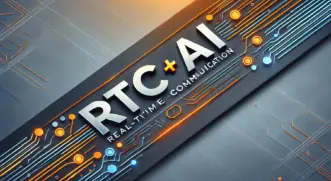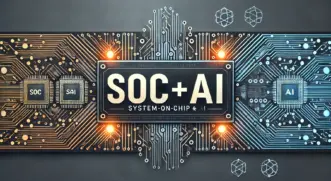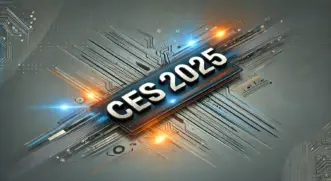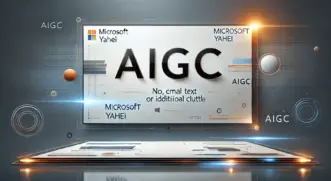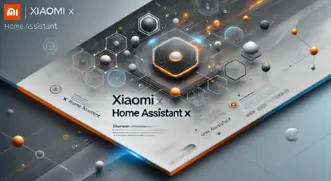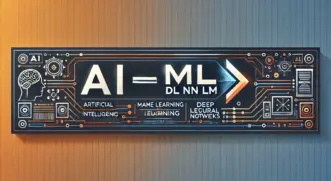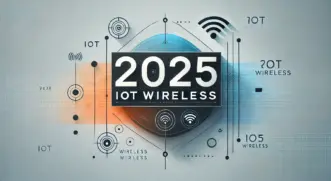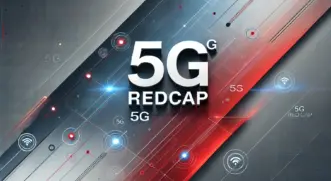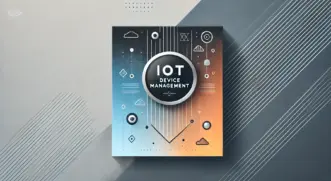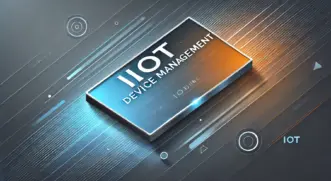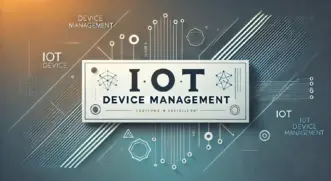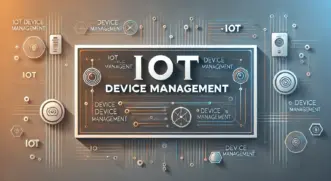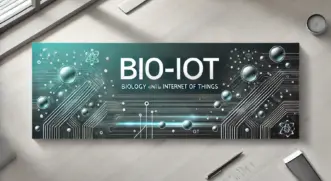Uncover the Latest in AI and IoT
Highlight cutting-edge IoT technologies, AI advancements, and practical applications. Include open-source libraries and development tools to provide value to tech-savvy readers.
ZedIoT Blogs
Looking for a lightweight SCADA/HMI tool? FUXA delivers fast setup, real-time dashboards, and Modbus/MQTT/OPC-UA support for industrial and IoT monitoring.
Step-by-step guide to building a low-latency, full-duplex, real-time voice AI with WebRTC, streaming STT/TTS, VAD, RTC protocols, and turn-taking/barge-in.
Serial Studio, a powerful cross-platform tool for real-time data visualization. Learn its features, use cases, and implementation through detailed insights, diagrams, and code examples.
In-depth analysis of how SoC (System on Chip) leverages its high integration, energy efficiency, and low latency to dominate the AI hardware market and promote the widespread application of artificial intelligence technology.
Focusing on CES 2025, a comprehensive interpretation of the latest developments in the field of AI consumer electronics: from smart TVs and wearable devices to companion robots, the deep integration of edge AI hardware and large cloud models is driving product innovation and scenario implementation. Explore industry trends, market opportunities, and security compliance challenges, revealing the next steps in the digital age!
An introduction to the technical principles of generative AI, analyzing core Generative AI technology, with flowcharts and model structures, and exploring its applications in text, images, and more.
Explore the significance of Xiaomi officially supporting Home Assistant and its impact on the smart home ecosystem, analyzing how an open strategy drives the future of smart homes.
Explore the key differences between machine learning and deep learning, how neural networks work, and how large models like GPT reshape AI systems.
This article provides an in-depth analysis of 10 AI models that support private ai enterprise deployment, comparing their performance, application scenarios, and advantages to help businesses enhance AI efficiency while safeguarding data privacy.
Explore the strengths and applications of IoT wireless technologies, including LTE Cat 1, LTE-M, NB-IoT, and LoRa. Learn about their use cases, regional differences, market trends, module costs, and deployment scenarios.
Explore the potential and challenges of 5G RedCap as a lightweight version of 5G in IoT, analyzing its applications in industrial and consumer-grade scenarios, market prospects, and vendor strategies with detailed data and tables.
Discover how AI-powered IoT device automation management, reduces downtime, and enables predictive maintenance at scale with ZedIoT.
Learn everything about IoT device lifecycle management, including deployment, OTA updates, hardware lifecycle, and secure retirement strategies.
Learn how to monitor IoT device performance at scale with edge computing, load balancing, and distributed systems. Discover IoT device monitoring best practices.
Learn how IoT device interconnection works across brands and protocols. Explore connectivity challenges and protocols for managing and connecting IoT devices remotely.
Learn how Bio-IoT is revolutionizing healthcare with smart health monitoring, personalized medicine, and advanced medical technologies. Discover its applications and the key technologies driving it.
Contact us and our experts will get back to you with more ideas.

